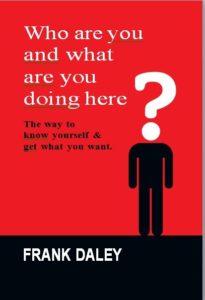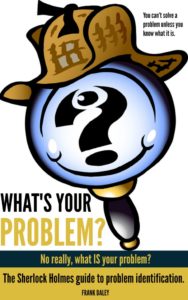At risk students–20 ways parents can identify
them.
NOTE: This is appearing shortly after the suicide of Robin Williams.
SELF-HARM
Not all at-risk students are at-risk of self-harm or suicide but there are connections and similarities.
And one in five students DO harm themselves.
This is especially true with regard to depression and anxiety. If you or a child of yours is depressed or anxious, be vigilant. If you need fast assistance, I can help.
Contact me: daleyfrank0. I’ll respond promptly.
WHAT QUALIFIES AS “AT-RISK?”
Before we can help a person in danger, we have to know who they are. “At-risk” students are those who are in danger of failing or dropping out of school. There are signs to indicate that they are not just in “a phase.”
HOW MANY STUDENTS ARE AT-RISK?
 In some places in North America, almost 50% of students fail or drop out at one point or other. Of those who get to college (or university) 30% more change programs and when they do they usually go to another institution.
In some places in North America, almost 50% of students fail or drop out at one point or other. Of those who get to college (or university) 30% more change programs and when they do they usually go to another institution.
WHAT KIND OF SCHOOLS ARE THEY IN?
Almost any kind: certainly high school, college and university. Even grade school children are at risk if they show indications such as the ones below.
HOW CAN YOU TELL WHO IS AT-RISK?
Parents sometimes find it difficult to discern serious trouble from normal teen-age behavior!
No surprise there!
But there are many ways you can determine if a student is at-risk academically or otherwise.
THE FIRST THREE WAYS.
Clearly those with diagnosed emotional, psychological or mental disabilities (ADD, ADHD, autism, etc.) are likely to be at-risk.
So that’s the first three ways to tell.
But what of those kids who have not been diagnosed?
Thousands of children with problems are undiagnosed, and even those who are often don’t get the help they require. But aside from those obvious circumstances, how else can parents (and the rest of us) tell?
IF THEY
4. have failed a semester or a whole year.
5. have been struggling in school for years.
6. have low or dropping grades.
7. have lost interest in school.
8. do not like their current program.
9. have some emotional or psychological problem.
10. have weak academic skills and won’t acknowledge it.
11. They may not know how to be a student.
OR THEY
12. “hate” school.
13. are cutting or otherwise harming themselves
14. are suffering from depression.
15. are suffering from anxiety
16. think they are not smart enough for college or university.
17. want to work instead of going to school because they feel so bad.
18. want to change schools or programs but not be able to tell their parents about how they feel because they do not want to disappoint them.
19. can’t speak to their parents about any of this but you can see there is something wrong.
Then they are at risk.
READ MORE HERE
Visit Dropout to Dean’s List.
For a 20 minute–FREE— introduction, please email me at daleyfank0@gmail.com or call me 647-205-5059.
–Frank
P.S. If you have known about this problem for some time–or at least suspected something–then isn’t it time you did something about it?
It doesn’t have to end this way. This is either your life or your child’s.
Let me help you.
A free half-hour strategy session is an email away.
Frank Daley
daleyfrank0@gmail.com






